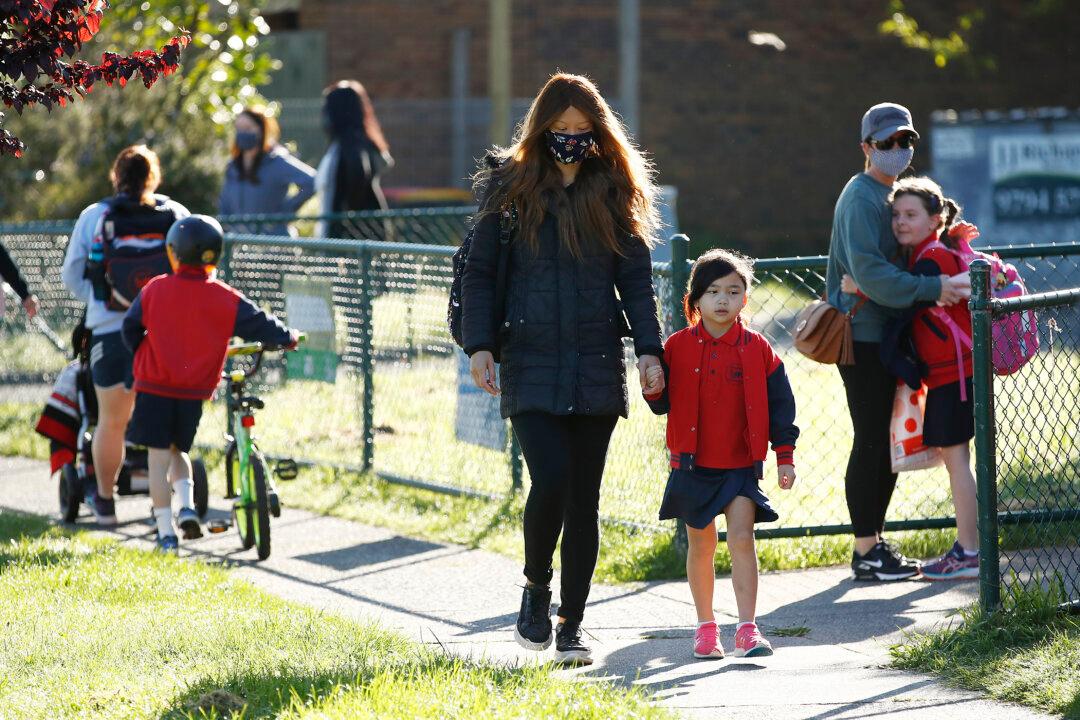The Western Australian (WA) government will allocate land to seven projects, mostly connected to renewable energy, with a $70 billion (US$48.5 billion) investment.
Land from the Boodarie and Ashburton North Strategic Industrial Areas (SIAs) will be allocated, according to a Jan. 6 WA government statement.





